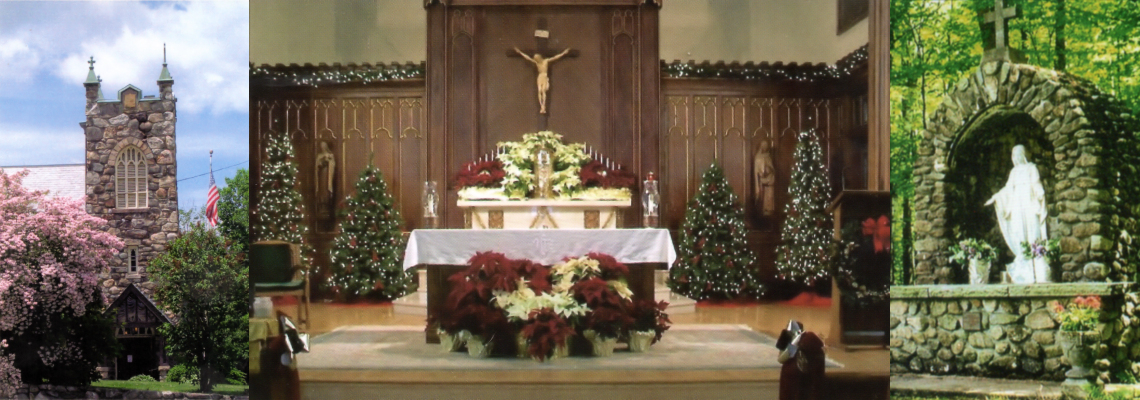An Apologetical Explanation of the
Sign of the Cross
What is the Sign of the Cross?
Christ did not send me to baptize but to preach the gospel, and not with eloquent wisdom, lest the cross of Christ be emptied of its power…. For the word of the cross is folly to those who are perishing, but to us who are being saved it is the power of god. (1 Cor 1:17-18)
The Sign of the Cross is a gesture used at any time, especially at the beginning and end of prayer. It serves as a reminder of the Cross of Christ and of the Blessed Trinity, and it strengthens us during times of trial.
The Sign of the Cross dates back to the earliest days of Christianity. St. John may have been referring to this Christian practice in the Book of Revelation when he spoke of the faithful having the seal on their foreheads (cf. Rev 7:4, 9:4, 14:1). In the Old Testament we find a foreshadowing, or type, of the Sign of the Cross when Ezekiel writes of the faithful who mark the Hebrew letter tav (in Greek, tau), meaning a mark, a sign, or a cross, on their foreheads (cf. Ez 9:4).
As a sacramental the Sign of the Cross is used by Christians (Catholics, Orthodox, and some Protestants) to bless themselves when beginning and ending prayers and at other times throughout the day to strengthen them in faithfulness and virtue. It is not only a symbol of faith but also a manifestation of belief in the Blessed Trinity and in the Sacrifice of Christ on Calvary as the origin of all grace and salvation. Through this sign our prayers are offered to God in the name of each Person of the Blessed Trinity. (Cf. CCC 786, 1668, 1671, 2157)
In the Western Church the Sign of the Cross is made with the right hand, fingers extended together, toughing first the forehead and then the chest (forming the vertical beam of the cross) and next the left shoulder and then the right (forming the horizontal beam). In the Eastern Churches the thumb and first two fingers are joined together to represent the Blessed Trinity, and the last two fingers are tucked into the palm to represent the two natures of Christ; the “horizontal beam” is traced from the right shoulder to the left.
The Sign of the Cross is usually made while saying a short prayer such as the following:
- “In the name of the Father, and of the Son, and of the Holy Spirit. Amen.” (Cf. CCC 2166)
- “By the Sign of the Cross, deliver us from our enemies, you who are our God.”
The Catechism addresses this question ion paragraph 2157.
The contents of this page are Copyright © 2014 Rev. James Socias (of the Midwest Theological Forum). These apologetics are reproduced with written consent of said copyright holder for St Patricks Parish, Jaffrey, NH website only. Reproduction of any sort must be approved directly by said copyright holder.
To get a hardcopy of these Apologetics or the Didache Bible please visit the Midwest Theological Forum (publisher) at: http://www.theologicalforum.org
